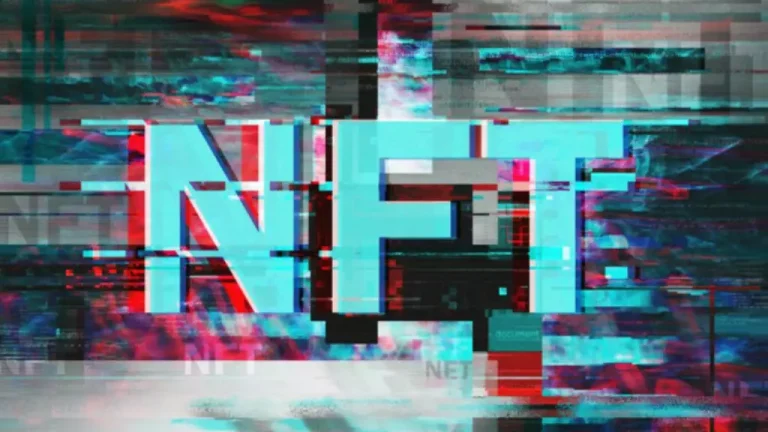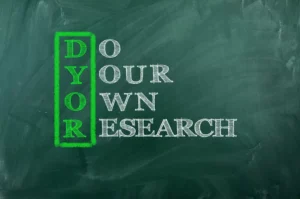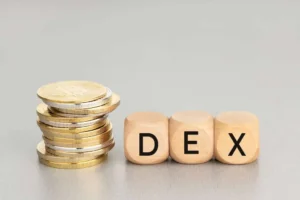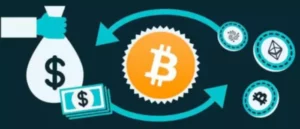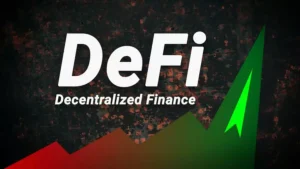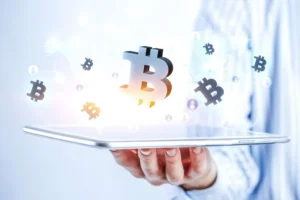NFTs are relatively recent phenomena that are gaining popularity. The NFT token (non-fungible token) is a one-of-a-kind digital certificate kept on the blockchain which certifies the item’s authenticity and grants it exclusive rights. This idea originated in the realm of bitcoin. To comprehend what does NFT mean, you must first grasp the fundamentals of this phenomenon.
What is NFT?
It is vital to understand what does NFT mean to dive into this technology. A token is a digital representation of an asset. As a result, the token has a specific value or purpose. At the same time, tangible assets such as real estate or music rights might be tokenized by overwriting the token’s accompanying rights and duties. It means ownership is digitally mapped and hence tradable.
A token might be fungible (exchangeable) and non-fungible (non-exchangeable). In this context, non-exchangeable indicates a one-of-a-kind digital object that cannot be traded.
If you swap one bitcoin to have another, you still have one. There is nothing more or less. The value remains unchanged. Nevertheless, there is just a handful of a player’s cards, maybe even with the player’s signature. It is sometimes even unique. If you swap this card, you will get something different, especially if the value is not the same. The same applies to NFT items.


Turnkey Brokerage Solution For Your Business
Get the most profitable fully licensed fx/crypto brokerage software or ready-to-operate business in 48 hours. Best-in-class web & mobile trading platforms, sales-driven CRM, full integration with MT4/5, and 150+ payment providers.
What does an NFT look like?
In theory, any item may be digitized and converted into an NFT: drawings, digital artworks, video recordings, or even physical goods. The NFTs must contain information proving their uniqueness. In this manner, the respective owner may always be identified, and his claim can be asserted. With a simple right-click of the mouse, one may save a copy of any digital artwork to one’s PC.
How do NFTs work?
Most non-fungible tokens operate on the ERC-1155, ERC-20, and ERC-721 standards of the Ethereum blockchain. ERC-721 was initially explicitly created to work with NFT and contained unique identifiers which made it possible to track all transactions involving the token, all its owners from the moment of creation, and the objects attached to it. After the resounding success of NFTs such as Crypto Punks and Crypto Kitties, it has become the most popular format of registering new tokens.
However, now the ERC-1155 standard is gaining more and more popularity. It allows you to create smart contracts (algorithms in charge of the transaction) containing several tokens of different types at once: NFT and fungible ones. ERC-1155 was a breakthrough in blockchain technologies: thanks to the new standard, an analog of the commission of making a transaction has significantly decreased.
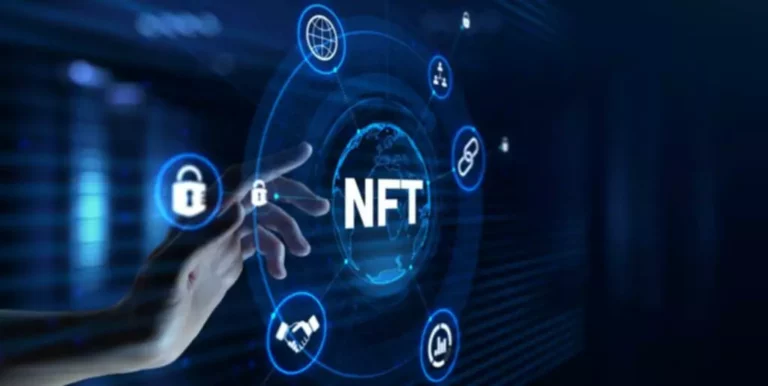
How to sell NFTs
There are many platforms where you place your tokens. Some even have a narrow specialization: only game items or only art. The most popular are OpenSea, SuperRare, Foundation, and Rarible. As a rule, platforms charge a commission in the Ethereum cryptocurrency, or Ethers, as the ordinary people call it. The size of the commission may vary, but usually, it is several tens of dollars (such a cost is because the new token will need to be included in the blockchain). The commission is always charged at the time of token creation, but depending on the site, this can be either immediately after the file is uploaded or at the time of the sale.
After cryptocurrency comes crypto art
The latest term plaguing the media landscape is crypto art. On OpenSea, there is a lot of “art.” This digital work, including NFTs, might still be replicated, copied, and disseminated. The image rights are not yours. You can not copy one thing about NFTs: ownership of the work. The artist retains all rights to the work, exactly like a genuine painting. Anyone might copy a Banksy poster, but the original is only owned once.
It is an opportunity for artists to see money for their efforts. Likes on Instagram are nice, but they don’t pay you anything. The artist may be paid a portion of the NFT’s sales. As a buyer, you can see it as a means to commemorate digital art in the same way a museum appreciates real art. In any case, it’s an investment which should pay off eventually.
What can be sold as NFT art?
There can be so many NFT arts, and of course, it doesn’t have to be an image or a digital figure. NFT art might also be shoes, clothes, furniture, sculptures, etc. In principle, only the sky’s the limit. However, the most common is that NFT art is either collectibles or fine art.
Creating an NFT
Here the most exciting part begins. To create an NFT, you do not need special knowledge and skills. How to create an NFT image or another asset if you hear about it for the first time? Everything is a piece of cake. You need to understand the system, get minimal knowledge about the blockchain and the crypto industry, and know the platforms where you might sell your work of art or other art. Nevertheless, most of the marketplaces where NFT trading takes place will require a minimum cash investment, which will later pay off if the asset is successfully sold. So, to create an NFT, you need to have:
- content or item which will be turned into a token;
- virtual wallet;
- access to the market.
So, for example, to learn how to create NFT on the open sea, you need to register on the portal itself.
Blockchain and NFT technologies will change the world
Aside from the fact that NFTs can be equated with document formats and effectively rid the world of bureaucracy, keep copyrights and intellectual property on the Internet safe from theft and other issues, and provide a profitable business model for artists and gamers, there is an even more global ideology embedded in this technology: decentralization.
Thanks to blockchain technology, various intermediaries are eliminated: lawyers, politicians, and banks. You no longer depend on their requirements because there are smart contracts that do not need a person to execute, machine code will work out everything as accurately and quickly as possible, and there is bitcoin — a currency, wallets, all transactions with which are covered, there is NFT, which allows you to transfer any product in the blockchain and simplify all interactions with it.
Is NFT art the future of artists worldwide?
NFT art is a phenomenon that has become popular in a short time. With the help of NFT art, artists and brands worldwide sell digital assets directly to the buyer, and the buyer knows for sure that the asset is original and unique.
It may seem pointless to some to own an image file rather than an actual work of art or a picture of a Nike shoe rather than a physical shoe. Nevertheless, for art collectors, NFTs are helpful.
At the same time, you don’t enjoy being able to hang NFT art on the wall or display your collectibles in a glass display case. Whether the future of NFT art or not, time will tell. Now, it is crucial to know what does NFT mean. Some believe the trend will change quickly, while others believe. When major players such as Visa invest in the art of NFTs, it is at the very least an indication that the potential is excellent.
